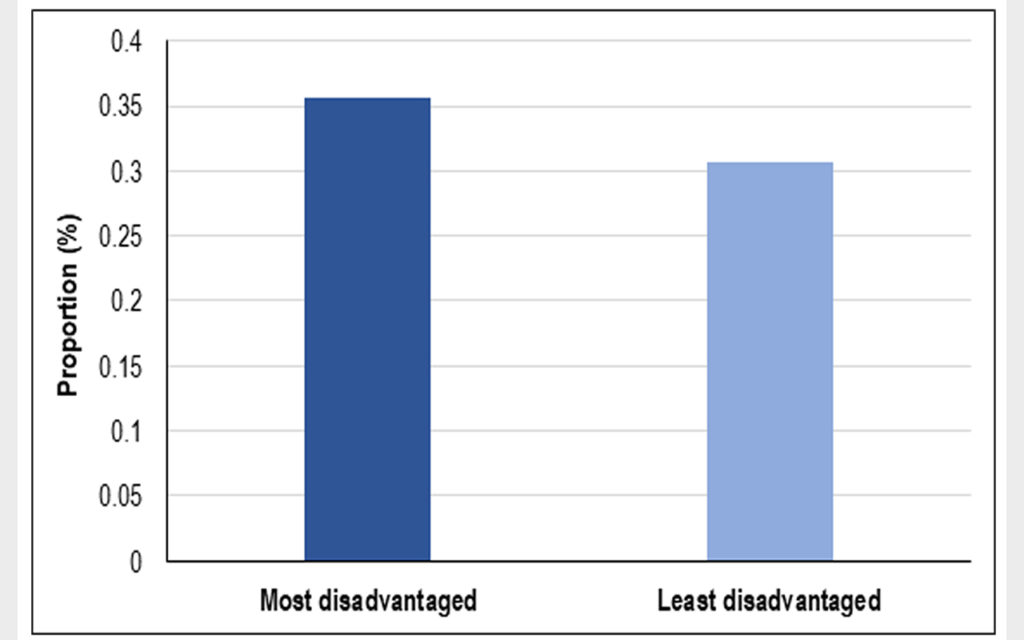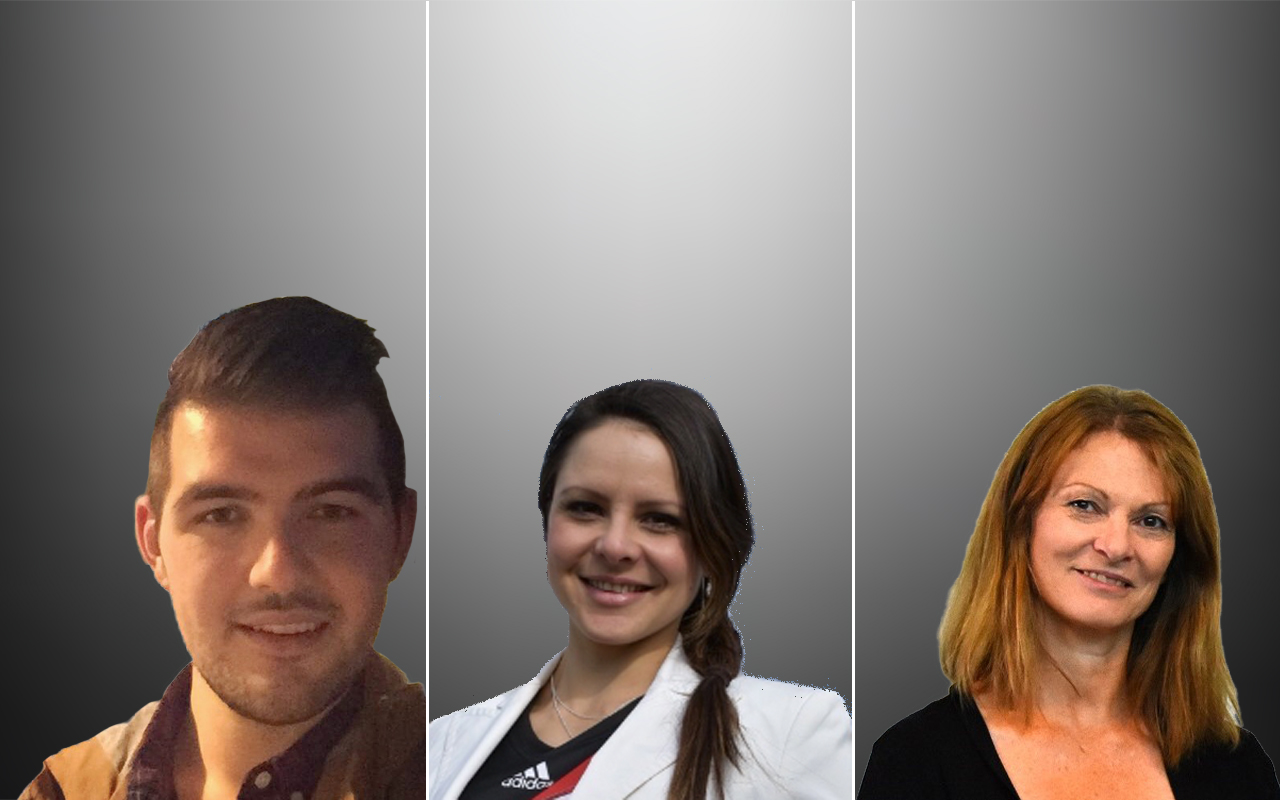WE all know the numbers. As of 16 February 2021, there were 28 900 confirmed cases of COVID-19 in Australia and 909 associated deaths, most of which occurred in Victoria (20 471 cases and 820 deaths).
From July to November 2020, Victorian residents endured one of the world’s longest and strictest lockdowns with the intention to suppress the deadly second wave of COVID-19 infections. Metropolitan Victorians experienced extreme mobility restrictions via mandatory self-quarantine to bring the second wave under control which involved home confinement, a nightly curfew, severe travel restrictions (no more than 5 km from primary place of residence), and the complete closure of all non-essential businesses, such as retail stores, gyms and hospitality venues.
This mandatory self-quarantine and home confinement was bound to be more difficult for socially disadvantaged people. As Sir Michael Marmot stated once severe lockdown went into effect, the fault lines in society were exposed as “those who could work from home and those who could not; those who could retreat to holiday homes and those in crowded flats; those with income reserves and those who could not afford to buy food; those in a position to offer home education to their children and those not so fortunate or well equipped”.
In Australia, since the emergence of the COVID-19 pandemic, the phrase “COVID-19 does not discriminate” has been repeatedly used in the media. However, this is a dangerous myth that sidelines the clearly increased vulnerability of those most economically disadvantaged. Based on current knowledge of social determinants of health (here and here), low socio-economic status (SES) factors such as high density living situations (eg, commission housing), reduced capacity to work from home (eg, people in lower income brackets are often employed in occupations that require work onsite), less wealth and education, or lack of private transport to access health care may increase a persons’ likelihood of contracting COVID-19 (here and here). Understandably, these socio-economic factors must be considered by the Victorian government when developing future public health initiatives framed around either elimination or suppression of COVID-19.
The state of Victoria is divided into 79 geographical regions referred to as Local Government Areas (LGAs). During Victoria’s second wave of COVID-19, the Victorian Department of Health and Human Services (DHHS) identified certain LGAs as “COVID-19 hotspots” based on reported positive case numbers. The DHHS would communicate to the general public that these “COVID-19 hotspots” be avoided in order to reduce the spread of the virus (it has been suggested that a modest change of 0.2 in COVID-19 reproduction number is sufficient to result in a marked change in epidemic trajectory). However, the SES of individual LGAs does not appear to have been considered within these reports.
The Australian Bureau of Statistics (ABS) has developed the Index of Relative Socio-economic Disadvantage (IRSD) – an index of overall SES that summarises several indicators of disadvantage measured at the area-level concerning economic and social conditions. The index only considers variables of relative disadvantage, thereby providing an indication of the extent of disadvantage or lack of disadvantage. A low IRSD score indicates greater overall disadvantage (eg, many low income households, fewer people with high school education, many people who are unemployed), whereas a high score indicates a relative lack of overall disadvantage (eg, few low income households, more people with qualifications past high school, few people who are unemployed or have low skill occupations).
IRSD scores are divided into deciles using state-specific cut-points and ranked on a scale from 1 to 10: decile 1 representative of the most disadvantaged LGAs and decile 10 representative of the least disadvantaged LGAs. When considering the proportion of COVID-19 cases by the five most disadvantaged and the five least disadvantaged LGAs in Victoria (number of COVID-19 cases / LGA population), overall, a higher proportion of COVID-19 cases were seen in low SES LGAs compared with high SES LGAs.

Figure 1. Proportion (%) of Victorian COVID-19 cases by most and least disadvantaged Local Government Areas (LGAs) according to the Index of Relative Socio-economic Disadvantage (IRSD). Data obtained from the Victorian DHHS website on 12 January 2021.
Current speculations from medical experts are that COVID-19 may become endemic, as the virus continues to mutate, similar to the seasonal influenza virus. At the time of writing, Victoria was in a third (“circuit-breaker”) lockdown. Perhaps, it should now consider the role of social determinants that will potentially influence disparities in the uptake of vaccines across social groups.
Population-wide vaccination may not prevent future community transmission within the lower socio-economic strata, given that these populations experience distinct barriers to uptake, as reflected in the lower rates of influenza vaccination uptake worldwide. Therefore, the Victorian government must consider the impact on socio-economically disadvantaged communities within their suppression versus elimination strategies and develop strategic public health communication campaigns towards audiences segmented by SES.
Jason Talevski is a PhD candidate at the University of Melbourne with expertise in healthy ageing, musculoskeletal health, and health services research.
Stefanie Bird is a Research Assistant at the University of Melbourne with experience in cognition and musculoskeletal research.
Professor Sharon Brennan-Olsen is a social epidemiologist and Professor of Social Inclusion at Deakin University, School of Health and Social Development and Institute for Health Transformation.
The statements or opinions expressed in this article reflect the views of the authors and do not represent the official policy of the AMA, the MJA or InSight+ unless so stated.

 more_vert
more_vert
An excellent article highlighting often unseen disparities between groups and communities. I shall no longer use the phrase “COVID-19 does not discriminate.”